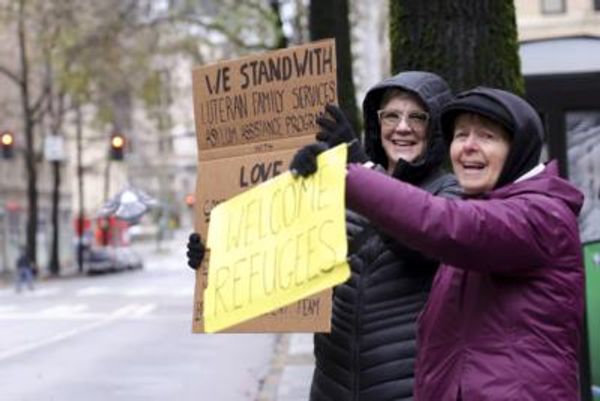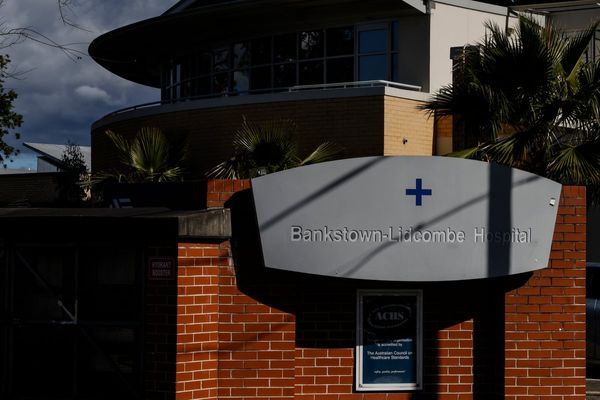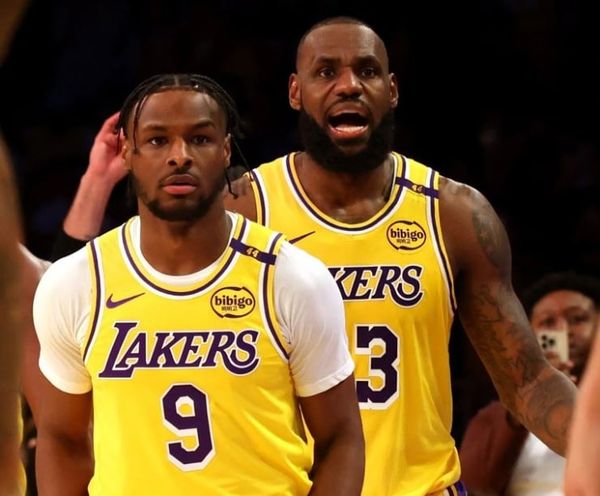
Last week the Centers for Disease Control and Prevention (CDC) issued new guidelines for the Covid pandemic, heralding “a new strategy [that] pivots from wide approach to a focus on the most vulnerable”. Coincident with the opening of schools across the country, relaxation of some restrictions, such as quarantining and physical distancing, will help keep children in school, a cardinal objective. Sadly, the CDC missed an opportunity to help protect seniors and highly vulnerable Americans.
Back in late December 2021, with the onslaught of the Omicron BA 1 wave, the CDC came up with a five-day isolation policy without any evidence that it would prevent the spread of infections to others, and without advocating the need for rapid antigen testing. Indeed, multiple studies have shown that most people are still infectious after five days, with even rigorous assessment that shows the virus that can be cultured from some people with Omicron infections at two weeks. Ending isolation by arbitrarily picking a short time duration, with or without symptoms, and advocating masking, has undoubtedly promoted the spread of infections. By steadfastly continuing to endorse this flawed CDC guidance, our public health agency has failed its namesake mission of controlling and preventing Covid disease.
For over a year, we have had strong evidence that the primary Covid vaccine series, consisting of two mRNA shots, does not provide adequate protection because of waning immunity. Yet the CDC refuses to change its definition that “fully vaccinated” is two shots. This not only ignores a large body of data but gives the impression to many that a booster is unnecessary, which helps explain why the United States booster rate is pathetically low, at 32% of the population, in stark contrast to most other 37 Organisation for Economic Co-operation and Development (OECD) peer countries with rates that exceed 65%. The United States ranks below over 70 countries including Panama, Rwanda, Tajikistan, Sri Lanka, Uzbekistan and Iran. That’s just the data for one booster, the third shot.
As we progressed through the Omicron wave and its subvariants, the need for a second booster became highly substantiated for people aged 50 and older. Five different studies, with varying age groups from 50 to 80 plus, have shown markedly enhanced protection with less mortality for the people who had four shots (two boosters) compared with three shots. But the rate of a second booster in Americans age 50-64 years is only 11% and for age 65 and older it is 26%. If the CDC was truly interested in protecting the vulnerable, it would be engaged in aggressive efforts to get the lifesaving potential of a fourth shot out to the public, and revise what “fully vaccinated” actually means as substantiated by ample data. All of this is consistent with the CDC’s unwillingness to stand strong on the imperative of boosters, not fully endorsing them for adults until the end of November 2021.
With the revised guidelines, the CDC continue to push a contrived metric which they call “community level” to “know your risk for serious illness”. As defined by the CDC website, this “is determined by the higher of the new admissions and inpatient beds metrics, based on the current level of new cases per 100,000 population in the past 7 days”. This is not appropriate guidance since Americans would be rightfully concerned about getting infected, not stressing hospital resources in their community. The right United States map, is the “community transmission” which simply reflects the number of confirmed cases in the past seven days per region. That map currently shows that 94% of the country’s population is at high-risk of transmitting Covid whereas the community level map is only 39.7%.
It is a deceptive way for CDC to present a rose-colored-glasses semblance of lower risk. That, too, is unnecessarily promoting spread of Covid to others, especially including the vulnerable, that it purports to want to protect. No less, this is further exacerbating the toll of long Covid, a condition that millions of Americans are suffering from, due to the virus’s massive, unbridled spread throughout the pandemic.
When it comes to protecting more than 7 million Americans who are significantly immunocompromised, we have Evusheld monoclonal antibodies, for which the two shots given intramuscularly prevents Covid for up to six months. The United States purchased 1.7m doses, but by the end of July fewer than 400,000 people had received this protection. That is less than 6% of our immunocompromised population–the highest level of vulnerability – who have been left unprotected.
All of this is occurring while the United States is still in the midst of its BA.5 wave, the variant with the most immune escape and transmissibility we have yet seen, now with well over 100,000 new confirmed cases per day (the actual number is unknown, but far higher), over 40,000 people hospitalized, and more than 500 deaths per day. While we have reached a plateau in hospitalizations, there are no strong signs of descent in these metrics, except for some lowering of the high wastewater Sars-CoV-2 levels, such that the duration of this wave is uncertain. It is hoped that we will be through the BA.5 wave by the end of August, as judged by the time it has taken for many countries in Europe, that preceded us, for it to pass.
Where does that take us in the months ahead? In the United States there is only one other variant with appreciable growth, called BA.4.6, with a genomic sequence that reassembles BA.5, but has been shown to have the potential to escape protection from Evusheld. While accounting for about 5% of new cases here right now, and in Australia, it may well continue to show growth advantage, and there should be some protection conferred from the large number of people who have had BA.5 infections.
Theoretically, the BA.5 specific vaccine booster that may become available later this fall, might provide better protection against BA.4.6 infections than the original vaccine, but that remains to be proven. The imminent rise of this variant, however, could extend the current wave. More worrisome is the prospect for a whole new variant family like Omicron to emerge in the months ahead that has not yet shown up on the genomic surveillance radar but could pose more of a challenge to our vaccine and infection-induced immunity.
That is why now is the time to gear up and stop the “leak” of current vaccines – the minimal protection or duration against current variants, despite still good protection against severe disease. That can only be accomplished via building mucosal immunity, which is why Professor Iwasaki and I have called for Operation Nasal Vaccine. We also need to press on with a universal, variant-proof coronavirus vaccine which would get ahead of potential pathogenic mutations of the virus rather than chasing specific variants, the untenable strategy as the virus continues to adapt faster than our response.
Anticipating resistance to Paxlovid, for which we have been heavily relying upon in high-risk individuals, is necessary given the recent findings of multiple, naturally occurring mutations in the virus that could impair its efficacy in the future. That requires accelerating the testing of backup pills or their combinations that stop replication of the virus. All these measures do not connote any sense of relaxation against Covid. The CDC position that we need to “live with Covid”, as espoused with its guidance, should be countered by exploiting the science and our clear capabilities of fully containing the virus, once and for all.
Eric Topol is the founder and director of the Scripps Research Translational Institute, professor of molecular medicine and executive vice-president of Scripps Research







